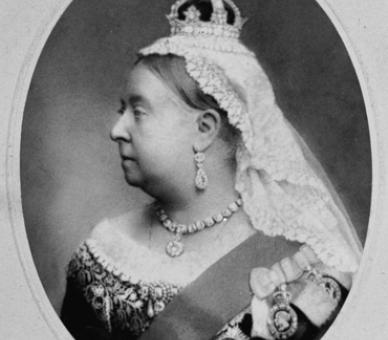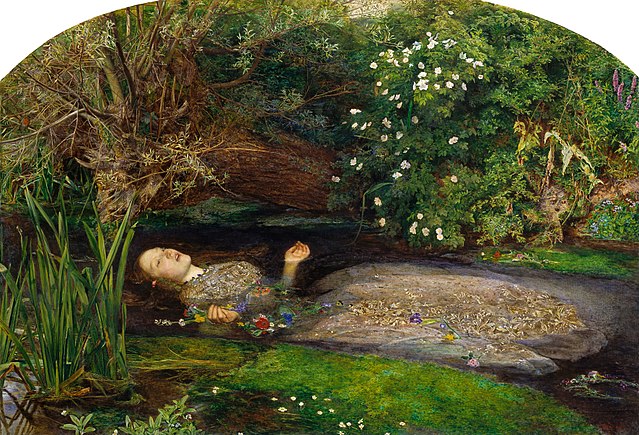Victorian
Era
 During the Victorian Era, technology was slowly
starting to improve and many important innovations took place during this time.
These innovations included the blast furnace in which slowly started the
production of steel, the print works, textile mills, the elevator and even
typewriters. During this time, there was also an expansion in the middle class
because of the rise of the industry and work. Because of this, people started
to afford to live comfortably and could even buy some art works as well.
Victorians loved to show off their possessions, thus houses were often very
decorative. During this time, historicism was common as architecture and even
interiors were built to imitate Gothic and rococo designs; such example of this
would be the St. Pancras railway station as it was built in a Neo-Gothic style.
During this time, there was also an increase in mass production because of the
new technological advances.
During the Victorian Era, technology was slowly
starting to improve and many important innovations took place during this time.
These innovations included the blast furnace in which slowly started the
production of steel, the print works, textile mills, the elevator and even
typewriters. During this time, there was also an expansion in the middle class
because of the rise of the industry and work. Because of this, people started
to afford to live comfortably and could even buy some art works as well.
Victorians loved to show off their possessions, thus houses were often very
decorative. During this time, historicism was common as architecture and even
interiors were built to imitate Gothic and rococo designs; such example of this
would be the St. Pancras railway station as it was built in a Neo-Gothic style.
During this time, there was also an increase in mass production because of the
new technological advances.
William Morris was a designer and leader of the arts
and crafts movement. William Morris believed that machines were degrading creativity
in design. He believed that handcrafts are far superior as it gives a sort of
personal feel of the designer into the product. Morris was heavily inspired by
nature ranging from plants to animals as well.
Red House 1859-1865
Red House is Neo-Gothic house design by William
Morris and Philip Webb that shows a very unique design during that time. The
rich red colour compliments the green grass around it. The grass helps to
balance out the colour of the house. The balance of different angled lines help
to give the house a powerful and complex look as well. The circled windows give
a nice touch of visual balance as well.
References
1.) Victorian Architecture, Available from: http://en.wikipedia.org/wiki/Victorian_architecture [18 October 2014]
2.) The Victorians, [online video], 2014, https://www.youtube.com/watch?v=jBNFdP2xr7c (accessed on 18 October 2014)
3.) Loftus, 2011, The Rise of The Victorian Middle Class, Available from: http://www.bbc.co.uk/history/british/victorians/middle_classes_01.shtml [18 October 2014]
4.) Red House London, Available from: http://en.wikipedia.org/wiki/Red_House,_London [18 October 2014]
5.) William Morris part 2, [online video], 2011, https://www.youtube.com/watch?v=wL3Zu05KVGo (assessed on 18 October 2014)











_-_Jules_Breton.jpg)

.jpg)

